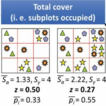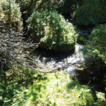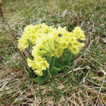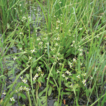In this collection
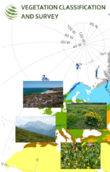
|
Papers published: 8 Documents added: 0 Total pages: 172 Printed version: Paperback Unique views: 18233 Total views: 28976 |
Palaearctic grasslands in the broad sense comprise a large diversity of vegetation types, many of them of high conservation concern. Sound classification systems of Palaearctic grasslands and other open habitats are needed as reference systems for conservation and research. On the one hand, large national and continental vegetation-plot databases in combination with new classification methods allow developing plot-based classification systems that are consistent over large spatial extents, thus overcoming the idiosyncrasies of the multitude of previous regional classification systems. On the other hand, there are still many regions in the Palaearctic with diverse grassland vegetation that lack any plot-based classification system.
For this Special Collection in collaboration with the IAVS Working Group Eurasian Dry Grassland Group (EDGG; www.edgg.org), we invite classification papers dealing with Palaearctic grasslands sensu lato, i.e. any natural and semi-natural vegetation type that is dominated by graminoids, forbs, dwarf shrubs, bryophytes or lichens. While we particularly appreciate broad-scale syntheses of grassland types over larger areas, we also accept regional studies from understudied regions. Methodological and conceptual studies as well as nomenclatural revisions of syntaxa are also possible. While the focus of the Special Collection is on plot-based classification, we are open to consider Forum papers that elaborate on higher level typologies, such as biomes, sub-biomes, formations or degrees of naturalness. Particularly appreciated are studies that demonstrate how sound grassland typologies can serve as useful tools in conservation, e.g. in red-list assessments.
Procedure and deadlines:
• No new submissions possible anymore.



